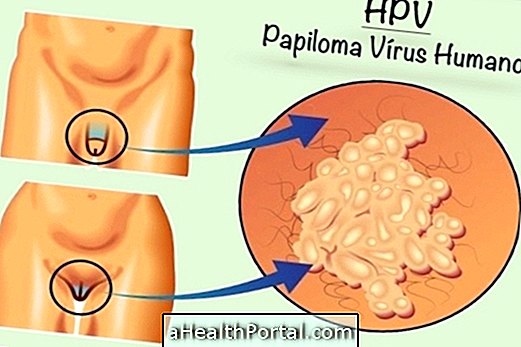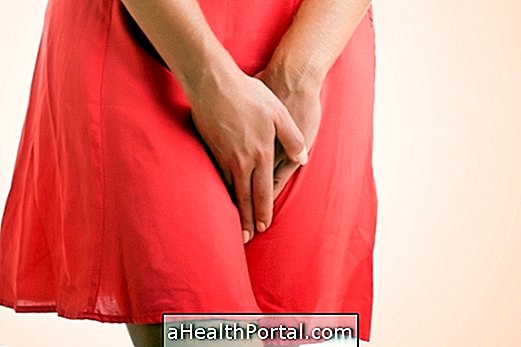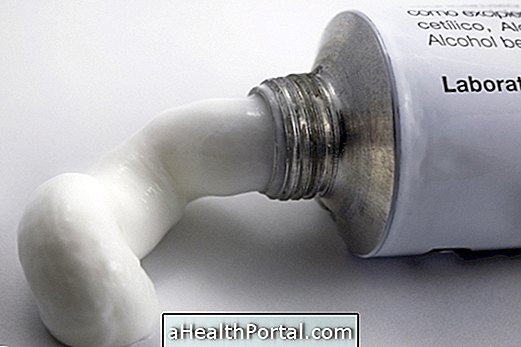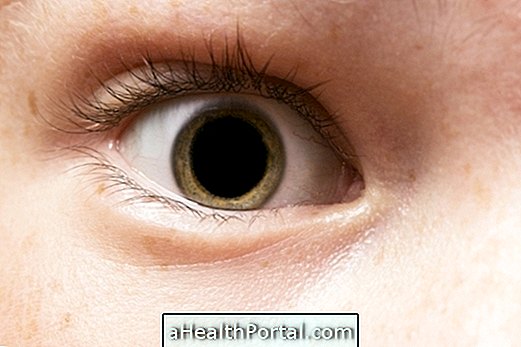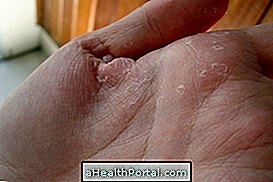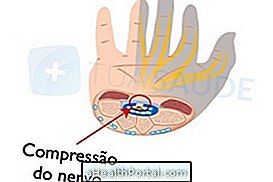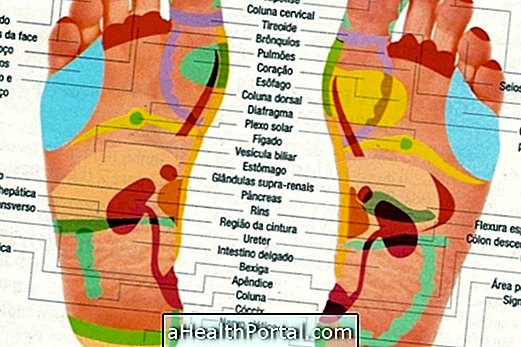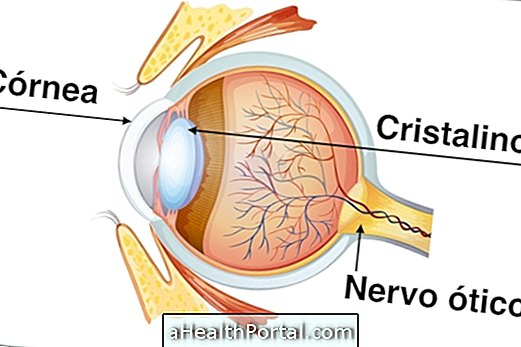The vaginal cyst is a small pocket of air, fluid, or pus that develops in the lining of the vagina and is caused by minor trauma to the site, fluid accumulation inside a gland, or the development of a tumor, for example.
One of the most common types of vaginal cyst is the cyst that develops in the Bartholin gland, which is responsible for producing the lubricating fluid of the vagina. This type of cyst can usually be seen right at the entrance into the vagina, like a small ball. Learn more about Bartholin's cyst and how to treat it.
Most cysts in the vagina do not cause any symptoms, but when they grow too much they can cause discomfort during intercourse or when using an absorbent. If there are symptoms, the gynecologist can advise a minor surgery to remove the cyst and improve the symptoms.
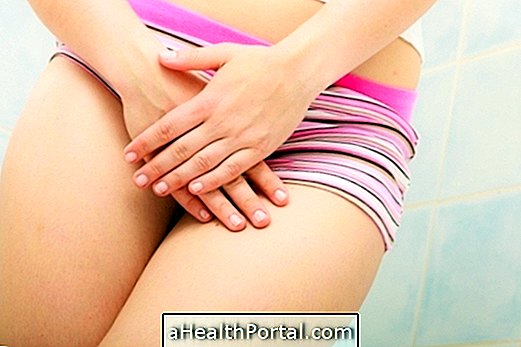
Main symptoms
In most cases, the vaginal cyst does not cause any symptoms, but some women may have signs such as:
- Presence of a ball at the entrance or wall of the vagina;
- Pain or discomfort during intimate contact;
- Difficulty and discomfort to put an absorbent inside.
However, these symptoms may also indicate other problems in the intima and so if they arise and last more than 3 days, it is important to consult your gynecologist to identify the cause and start the appropriate treatment.
See for possible causes of pain during intercourse.
How to confirm the diagnosis
The best way to confirm the presence of a cyst in the vagina is by consulting a gynecologist, to spot other problems that may cause a change in the lining of the vagina, such as HPV, and initiate the most appropriate treatment.
What types of vaginal cyst
There are different types of vaginal cyst, which vary depending on the affected part. Thus, the main types include:
- Vaginal inclusion cyst : it is the most common type that usually arises due to a trauma to the wall of the vagina that can happen during the leaving or due to surgery, for example;
- Bartholin's cyst : is a cyst that arises at the entrance of the vagina due to inflammation and accumulation of fluid inside one or more bartholin glands, which produce the lubricant;
- Gardner's cyst : usually appears on the wall of the vagina and is caused by fluid accumulation inside a canal that, in most women, disappears after birth. Learn more about Gardner's cyst.
In addition to these types, there may still be others, such as the Müller's cyst, which occurs in another canal that must disappear after birth, but remains until adulthood in some women.
Therefore, it is best to always consult a gynecologist when any type of alteration occurs in the intimate region.
How is the treatment done?
Often, the cyst in the vagina does not need any specific treatment because they are small and do not cause symptoms. However, if they grow or cause any discomfort, surgery to remove the cyst may be advised.
In rare cases, the cyst may still develop an infection, and in this situation, the gynecologist may indicate an antibiotic to treat the infection before surgery, for example.
Possible Complications
There are usually no complications for a vaginal cyst because they stay small without growing too much. However, if they grow, they can cause pain or discomfort, especially during intimate intercourse or when using an internal absorbent.
